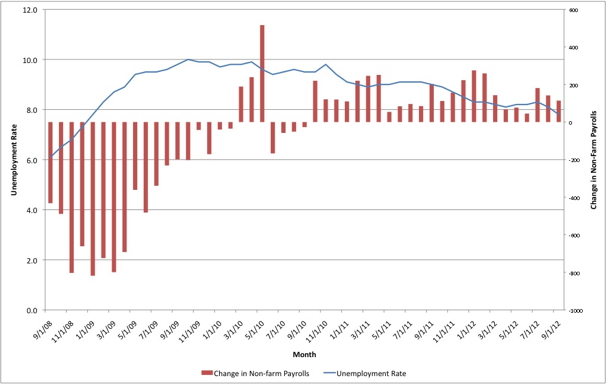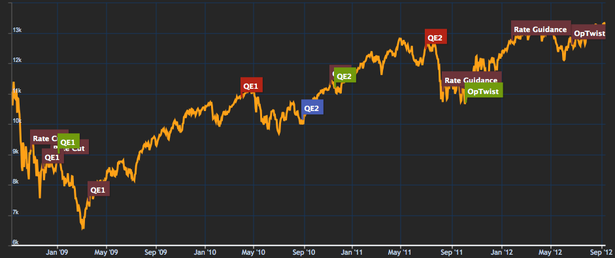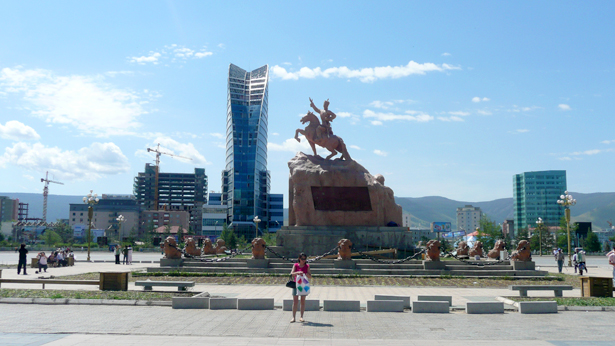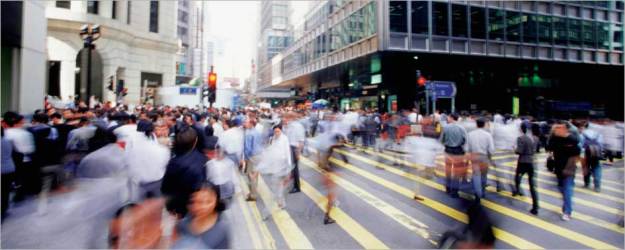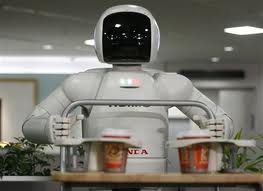Finance: Hope Against Hope: Manufacturing CFOs are Split on the State of the Economy
It may not be much, but at least it’s something: The number of optimistic CFOs now outnumber the pessimists (though just barely), at least when it comes to the state of the U.S. economy. In a recent survey …


